
Tactical Breach Wizards proves there’s no substitute for the dopamine hit you get from simultaneously ejecting three dudes out of a window. Defenestrations aside, Tactical Breach Wizards is a surprisingly deep turn-based strategy game that delivers some of the best writing I’ve seen in a game this year.
The world of Tactical Breach Wizards is very surreal — similar to our own, with similar problems, but distinct in its collection of nations, politics, and traditions. Also, magic is real. You control a squad of warlocks, wizards, witches, clerics, and druids whose talents and abilities make them uniquely qualified for working in various branches of the special forces. Instead of Navy SEALs, you have Navy Seers, and instead of boring normal medics, you have necro-medics that can raise the dead. I would love to pore over an encyclopedia or sourcebook for Tactical Breach Wizards; it’s that good.
The larger plot is like something from a Tom Clancy novel if he had also been handed a copy of The Silmarillion. There are plenty of coups, paramilitary groups, and conspiracies that go all the way to the top. The stakes are high, but the story refuses to take itself too seriously and always knows when to inject some levity into the situation and let off the gas.
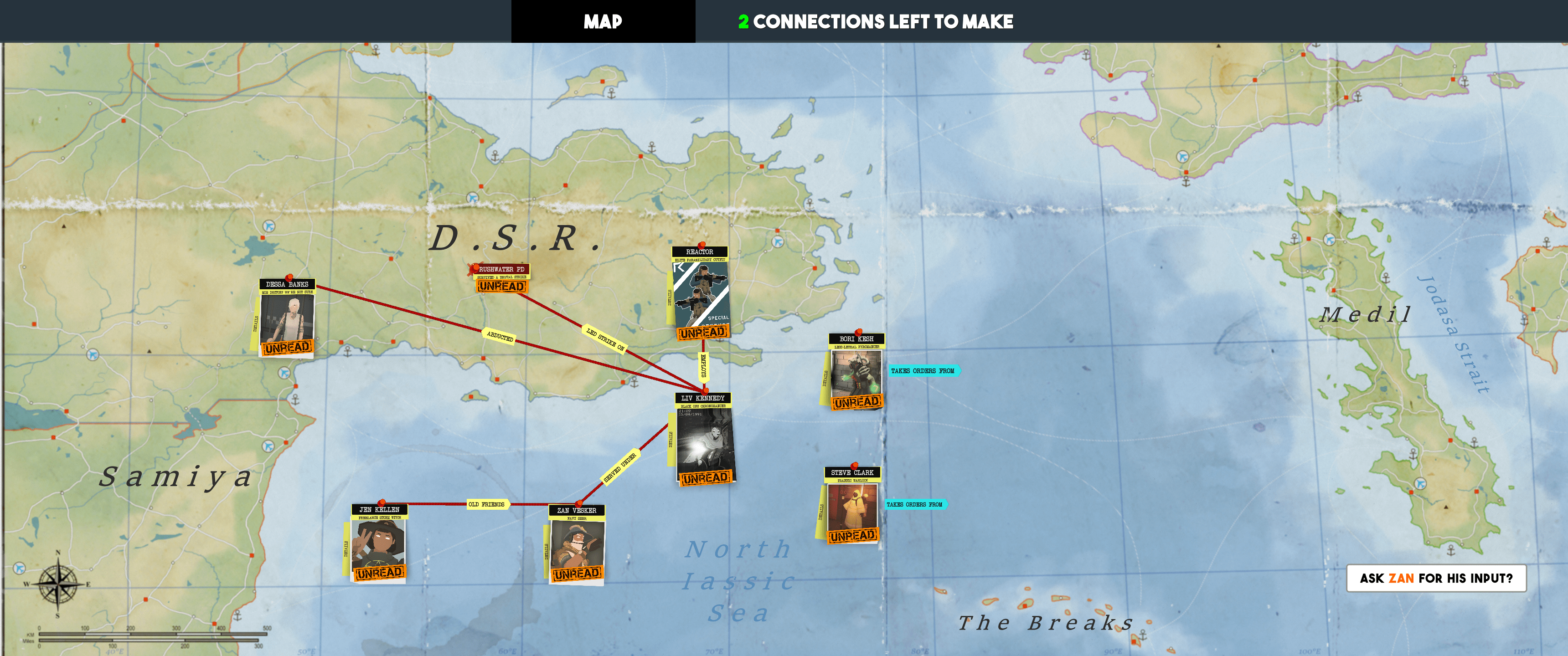
The plot for Tactical Breach Wizards is good, but the professional banter between your squadmates is truly a work of art. Before breaching a room, your team will size up the tactical situation, make clever observations, and typically diffuse the tension with subtle jabs at one another.
The rapport between your squad isn’t solely based on jokes made at the other’s expense, though. Between missions, you’ll have the opportunity to engage in some optional conversations that help add some extra dimension to each character. Even without these extra bits of dialogue, the design of each squadmate tells you a lot about who they are. Zan, the retired Navy Seer, comports himself with a rigid professionalism, while Jen, your resident witch, is always displaying her private-eye badge while toting around a collapsible broom on her back.
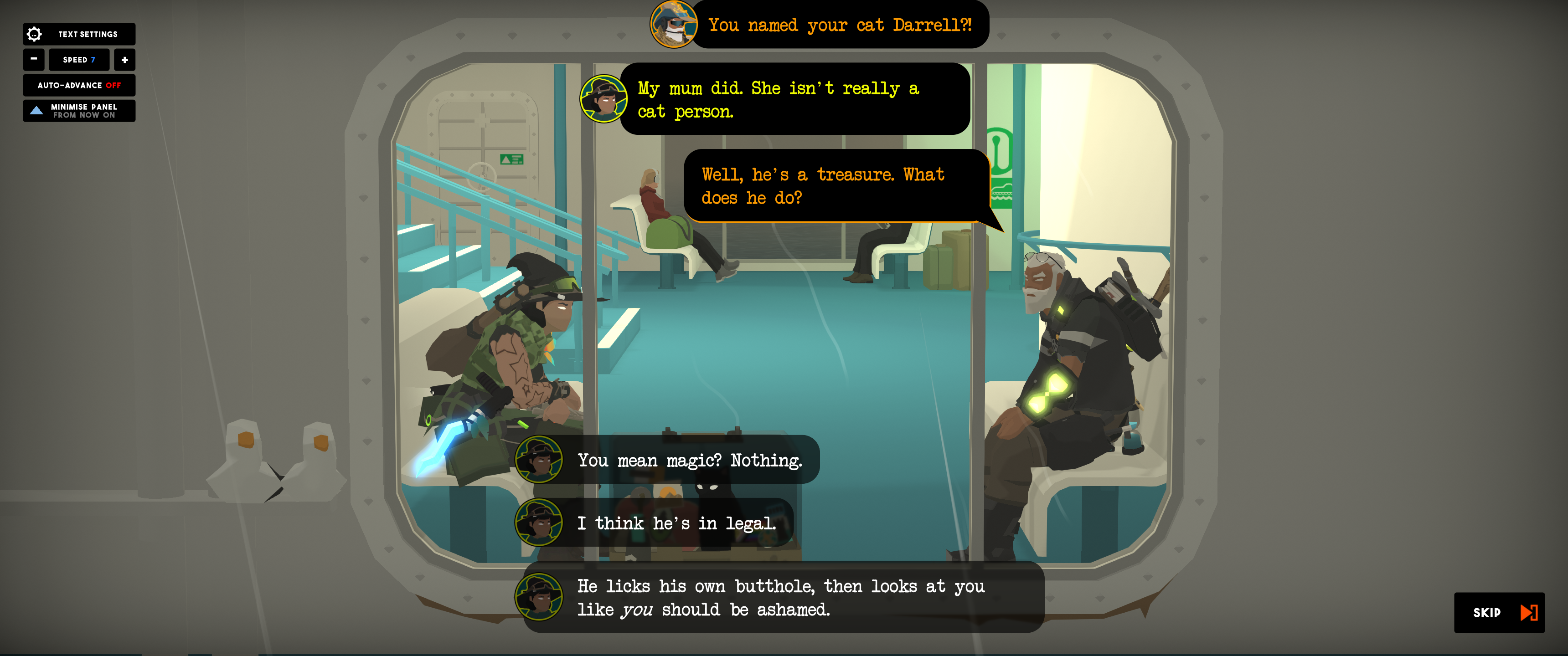
Beyond character development and world-building, the wittiness of Tactical Breach Wizards also extends to its gameplay elements: My necro-medic is incapable of healing injuries, but they can bring people back from the dead, meaning they need to put a bullet in the skull of anyone they’re trying to help.
The moment-to-moment gameplay of Tactical Breach Wizards is clearly inspired by other classics of the turn-based strategy genre, specifically Into the Breach. The action typically happens in a single room, allowing you to take in the environment and its hazards at a glance, which can include different elements that present unique tactical opportunities. Before entering a room, you’re presented with a clear view of what your enemies will do and the order in which events will occur. By eliminating RNG, the gameplay becomes a tactical puzzle with knots that you untangle through smart placement and execution rather than luck.
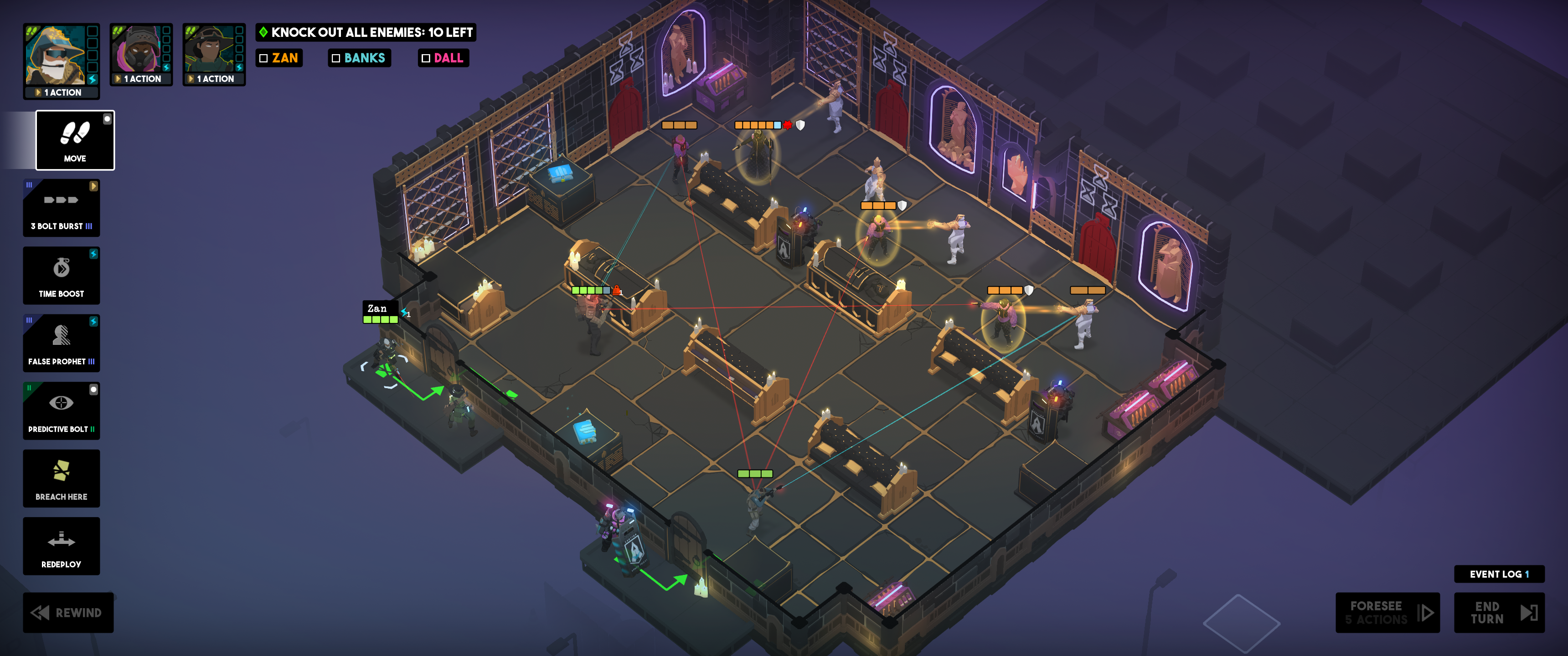
Unlike Into the Breach, however, the missions in Tactical Breach Wizards are presented in a linear fashion, with some optional challenge missions becoming accessible as you progress through the story. Each mission has to be completed with a specific squad, and there are no branching paths to speak of. While a part of me wished that the story missions gave me the freedom to select my own squad, I ultimately felt grateful that the decision was made for me. I’m not sure I could look any one member of my team in the eyes and tell them they’d have to warm the bench while I sent their friends into danger.
The array of skills tied to each squad member can be occasionally daunting, but their versatility gives you the freedom to produce some unexpected results when properly applied. You’re also given the option to see how events will play out before committing to your actions. If you aren’t satisfied with how something turned out, you can undo every action up to the beginning of your turn and try something different.

If this all sounds extremely forgiving, that’s because it is. By default, Tactical Breach Wizards has virtually no consequences for your actions, but an array of difficulty sliders allows you to fine-tune your experience to be more challenging. However, the game always allows you to skip a particular mission without penalties or missing story beats.
This level of flexibility encourages experimentation and can lead to some authentic big-brain, a-ha moments. For instance, the resurrection ability not only allows you to restore energy to your teammates but can bring unconscious enemies back and force them to target their former allies.
While there are always multiple paths to complete your objectives, the margin for error can occasionally be extremely slim, especially when attempting to complete a mission’s optional objectives. Completing these objectives, however, grants certain characters additional confidence, which, much like real life, is the currency required to wear increasingly austere outfits. The outfits confer no tactical bonuses and are purely cosmetic, but I’d be lying if I said I didn’t go the extra mile so my necro-medic could wear a pink skeleton hoodie.
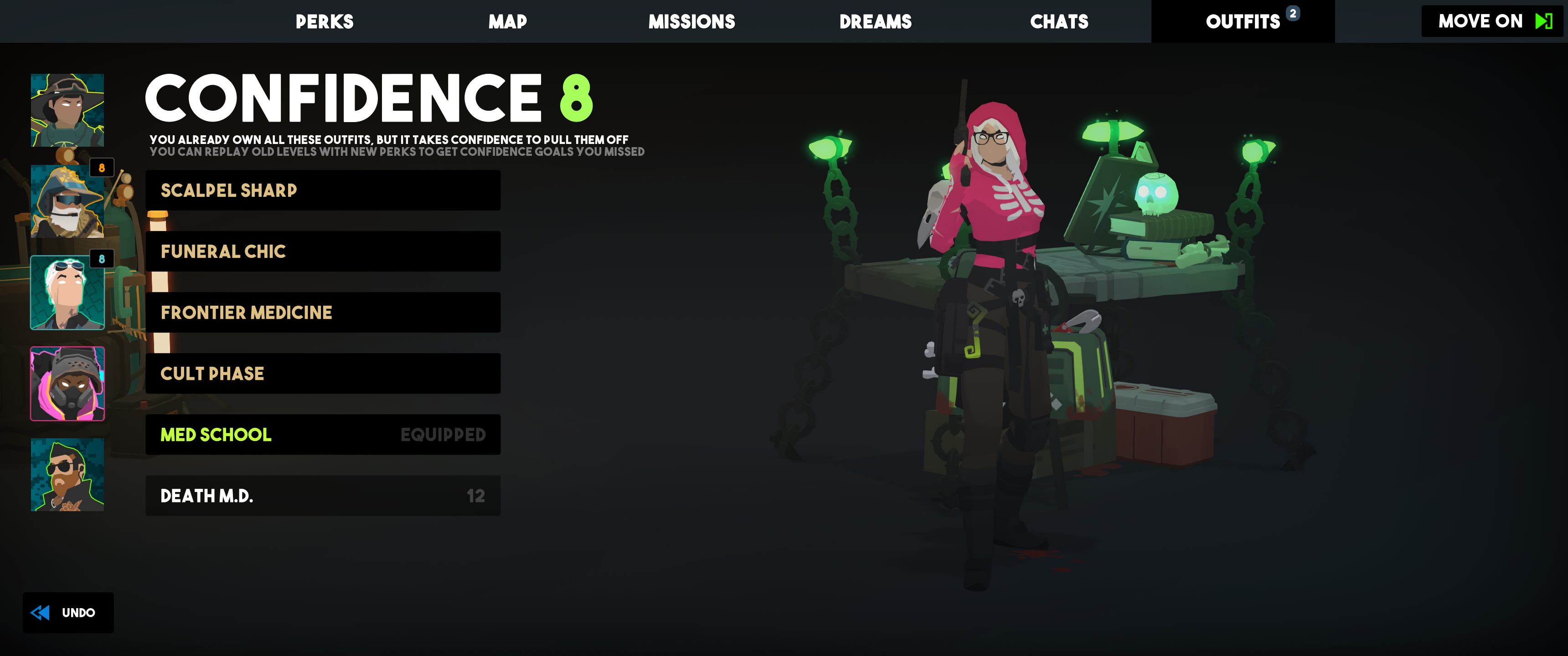
Each new mission slowly doles out new abilities and eventually introduces new squadmates into the mix, presenting you with a greater catalog of tactical options. However, you’ll also be forced to contend with a greater variety of enemies that not only soak up more damage but introduce new wrinkles into the tactical puzzle. One baddie in particular — we’ll call him Greg — will automatically return fire on your squad whenever they hurt one of his friends. I know Greg is only doing his job, but Greg is responsible for more frustration in my playthrough than anyone else. Greg can go to hell.
Between missions, your participating members will gain experience that can be used to level up their suite of skills, which can drastically alter the utility of certain squadmates. For instance, Jen can gain an ability that allows her to move after using her magically infused stun baton. Combined with her ability to broom breach — flying out an adjacent window and kicking in another anywhere on the map — Jen quickly became the MVP of my squad.
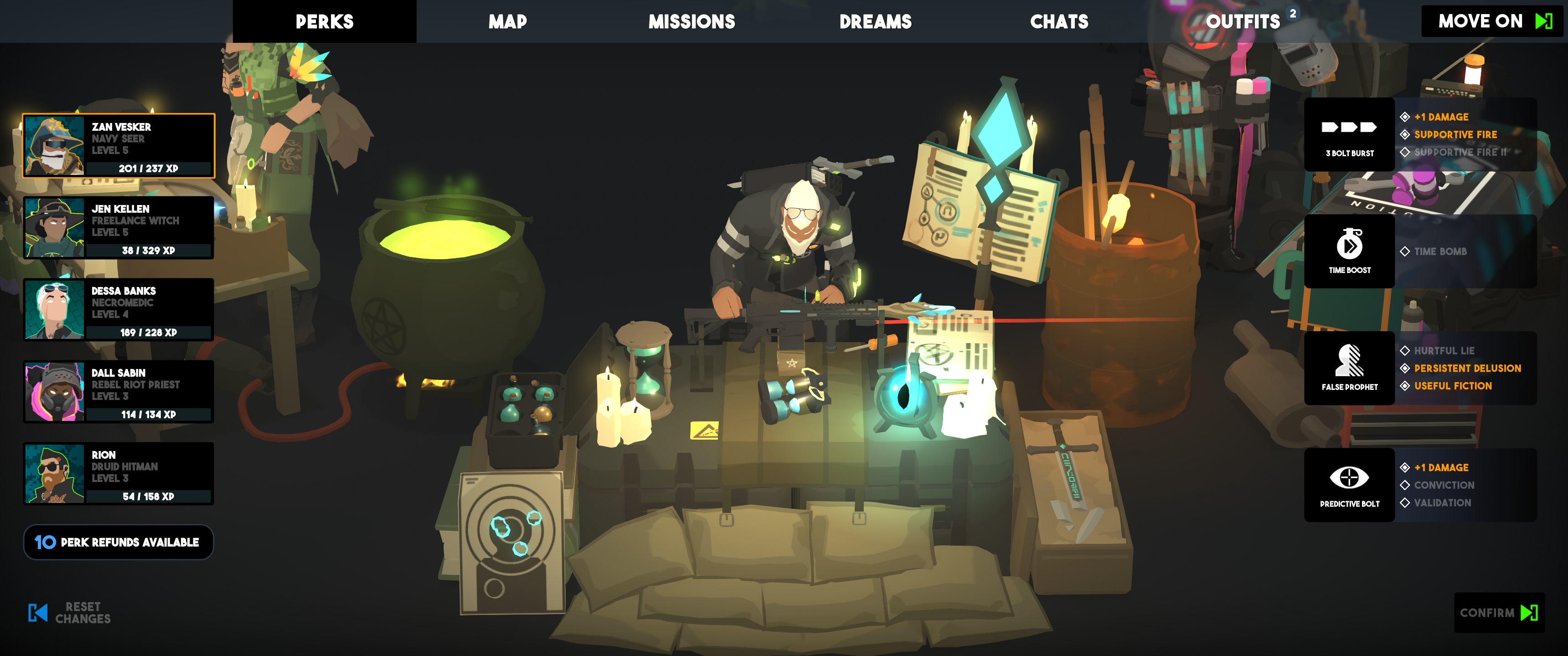
The substantial single-player experience tells a cohesive, tightly knit story, and there are plenty of optional challenge maps to test your mettle after the credits roll. Tactical Breach Wizards also launched with a fairly intuitive map editor that allows players to create their own missions. The amount of content available at launch is plentiful, but if I had to wish for one addition, it would be some kind of nonlinear campaign.
Games like XCOM and Into the Breach offer plenty of emergent narrative moments, with clutch plays and the chance to claim victory against impossible odds. However, the deliberate narrative beats in Tactical Breach Wizards, bound together with its outstanding sense of humor and punctuated by its satisfying gameplay, make it a spellbinding experience for any fan of the genre.
Tactical Breach Wizards was released Aug. 22 on Windows. The game was reviewed on Windows using a pre-release download code provided by Suspicious Developments Inc. Vox Media has affiliate partnerships. These do not influence editorial content, though Vox Media may earn commissions for products purchased via affiliate links. You can find additional information about Polygon’s ethics policy here.
